With tight half-hour episodes, Teacup cuts straight to the chase and keeps the action going for the whole season. However, the series’ structure also limits its ability to build layered characters. As a result, Teacup mixes the best and worst trends in horror.
Loosely based on Robert McCammon’s novel Stinger, Teacup pits an isolated rural community in Georgia against a supernatural threat they don’t fully understand. The whole series unfolds in a 48-hour timeframe, in which people trapped in an enclosed space without means to communicate with the outside world must stand against an evil that defies logic. To make matters worse, the mysterious nature of this menace means there might be traitors among the survivors.
With such a killer concept, Teacup has a lot of different ways to entertain the audience. First, there’s the supernatural hazard in itself, whose functioning is slowly unveiled in each episode. Then, there’s the fact people from different backgrounds, some with bad blood between them, must suddenly share a roof and work out their differences. Finally, the fact that anyone can be an enemy forces people to question the efficiency of survival by numbers. Nevertheless, a horror story based on paranoia and isolation can only fulfill its potential if the audience understands what makes each character tick. On that front, Teacup falls short.
The biggest flaw of Teacup is that the series suggests interesting conflicts between characters that aren’t adequately explored. For instance, you would think that a gun-toting redneck and a pacifist liberal would have trouble working together when both their families are at risk. Similarly, when a strict woman has to tolerate her drug-consuming mother-in-law, things are bound to get messy, right? Well, not really.
From racism to generational gaps, Teacup starts its first episode by teasing the many different human conflicts it wants to embrace with its intriguing premise. However, as diverse as the ensemble cast of Teacup might be, their differences are mostly suggested, and few conflicts have any weight in the story. That’s a direct consequence of the series’ commitment to wrap a whole episode in 30 minutes, which is just not enough time to give a dozen characters fleshed personalities and backstories while moving the plot forward and giving the viewer another juicy piece of the horror puzzle at the center of the plot.
This issue becomes even more evident in the middle of the season. What’s arguably the best episode of Teacup reaches a surprising 50-minute runtime, delving deep into the past of a couple of key characters. This episode has the space to answer burning questions and allow the secret supernatural threat to wreak havoc. Yet, it also finds some essential minutes to slow down and give its characters the time to state their goals and explain what allows them to keep going when the future looks so grim.
With streaming companies measuring success by the number of minutes subscribers consume, companies such as Netflix have been pumping the runtime of their original productions to an exhaustive point. So, it’s commendable that Peacock and Wan’s Atomic Monster have opted for a refreshing shorter format. However, Teacup might have been too ambitious a project for 30-minute episodes. There are just too many characters, and the lore is surprisingly complex, leading to the frequent feeling that things are being rushed.
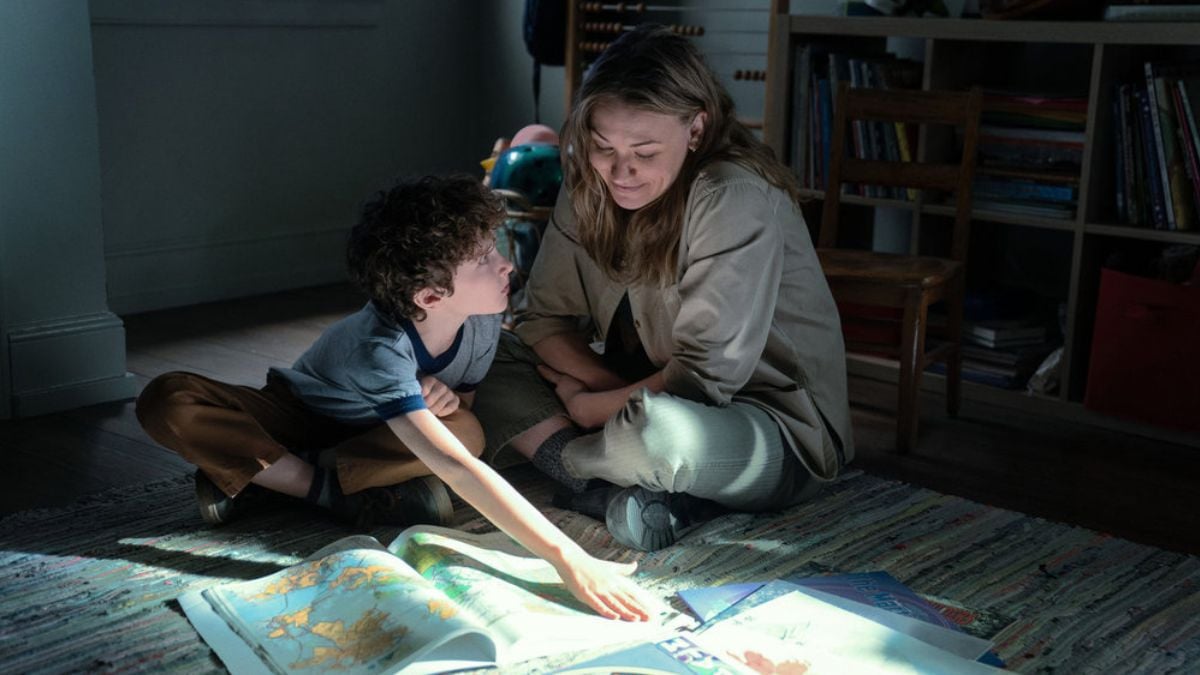
Despite its shortcomings, Teacup does incredibly well in giving meaning to each episode. This is not a movie chopped down into smaller pieces to be distributed as television, but an actual series where each chapter has a purpose and a nice hook to keep you invested. That’s primarily due to how the series determines its pacing according to the new revelations concerning its central mystery.
As Teacup starts, the audience only has bits and pieces of information. Electric equipment malfunctions, animals get distressed, and something weird happens with the youngest child of the Chenoweth family, Arlo (Caleb Dolden). These are some classic horror tropes that have been used to exhaustion, to the point they are now related to all kinds of sources, from demonic possessions to mad scientists. Teacup knows that, so it will leave the audience guessing for a few episodes.
Still, even after knowing what’s behind these unusual events, showrunner Ian McCulloch does a beautiful job hiding the why and the how, so Teacup can extract the most entertainment from its puzzling scenario. It takes someone with a deep understanding of horror to constantly play with expectations and properly use misdirection. That’s probably why Wan’s Atomic Monster approached McCulloch to handle the TV adaptation of Stinger. The main strength of the series lies in how McCulloch gatekeepers information, revealing or concealing essential details to keep you coming for more.
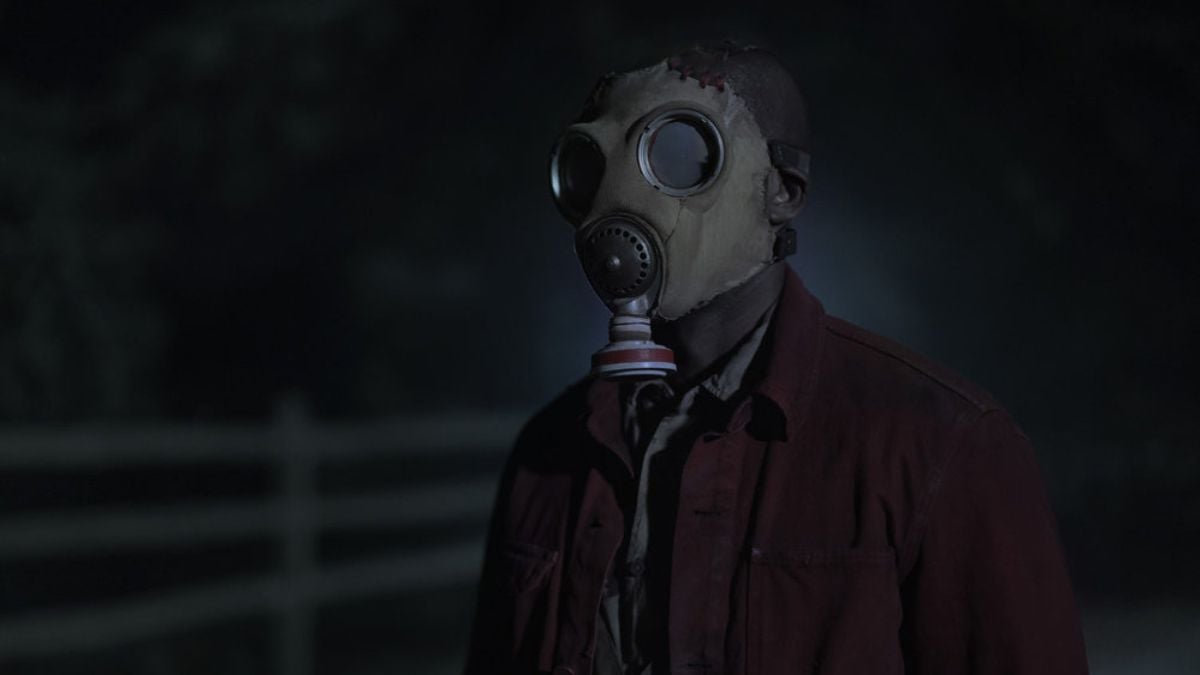
While Teacup is good horror entertainment, it’s by no means revolutionary. The writing can become too expository at points to compensate for the short runtime. Plus, the direction quality varies depending on the episode. It’s easier to identify which directors have a better grip on the story when considering the performances of veterans such as Yvonne Strahovski and Scott Speedman – in some episodes, they are as great as expected; in others, not so much.
Teacup also suffers in the special effects department as a lower budget production. The practical effects are deliciously gruesome and one of the best aspects of the series. However, there’s a lot Teacup doesn’t directly show to keep costs down. In addition, regarding digital effects, the team clearly lacked the time and money necessary to craft a real spectacle.
Finally, Teacup tries to juggle so many moving pieces in its limited runtime that it never gets to highlight the sentiment of paranoia that’s supposed at its core. Since the season is building up a whole mythos, the cast is constantly split up and regrouped as they find new clues. That means there’s not enough time to inspect the mistrust that supposedly spread among the survivors, nor to pull the rug under the audiences’ feet with surprising revelations more than once or twice. As a result, this aspect of the series ends up as a half-baked version of John Carpenter’s The Thing instead of something of its own.
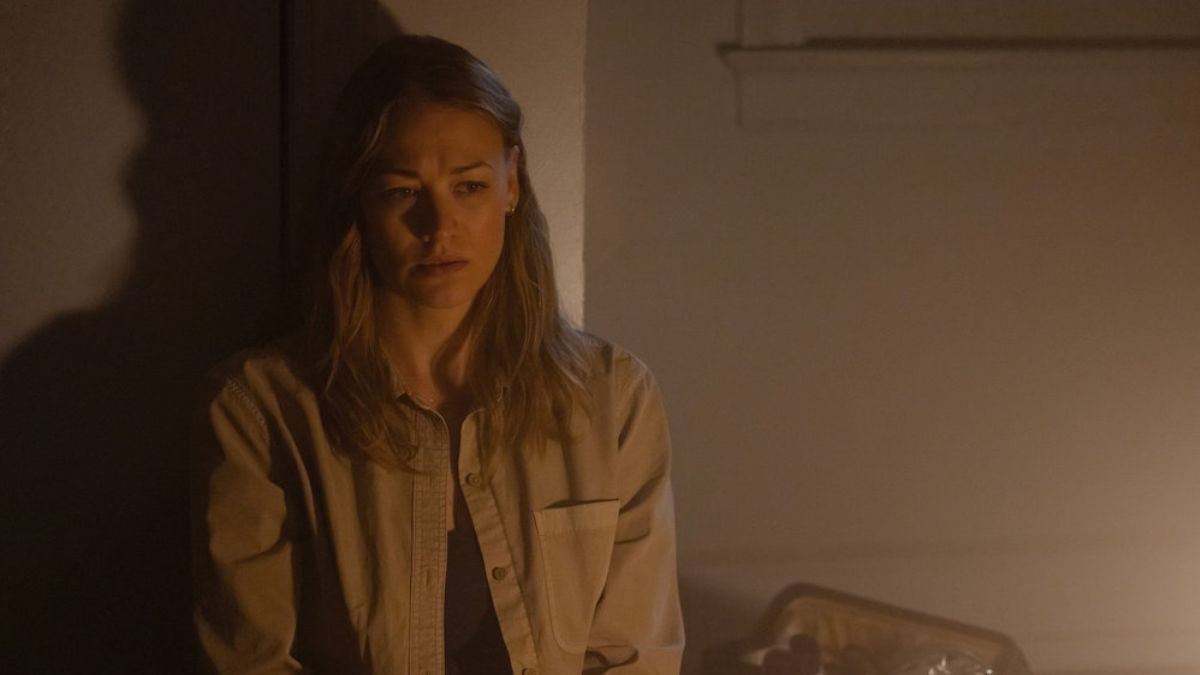
It’s hard to anticipate the audience’s reaction to Teacup because it can go both ways. At best, the series is an entertaining horror story that knows how to use tropes in favor of its mystery. At worst, it has shallow characters and uninspired dialogue, both of which could be improved with a little extra runtime.
Peacock and Atomic Monster clearly expect Teacup to be a huge hit, as the series leaves enough for a potential second season to follow. If that happens, the follow-up will be able to use Season 1’s heavy lifting to focus more on character than plot and maybe deliver everything Teacup has the potential to be. However, with so much content nowadays, Teacup might not be unique enough to stand out. Hopefully, it will find an audience, as this is an engaging world to return to.
Hot Items On Amazon This Week
- Fast-paced storytelling with half-hour episodes
- Intriguing central mystery that unfolds gradually
- Effective use of classic horror tropes
- Strong episode-to-episode hooks
- Excellent practical effects
- Limited character development due to short runtime
- Inconsistent direction quality across episodes
- Underdeveloped paranoia theme
- Struggles to balance character depth with plot progression

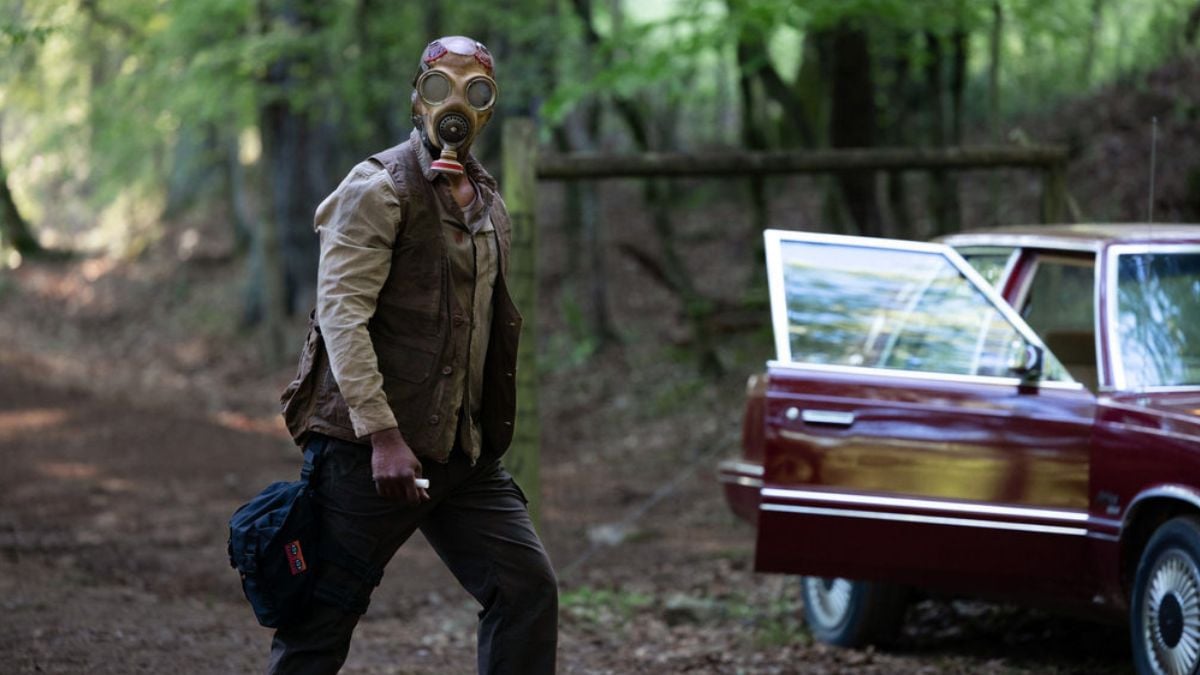













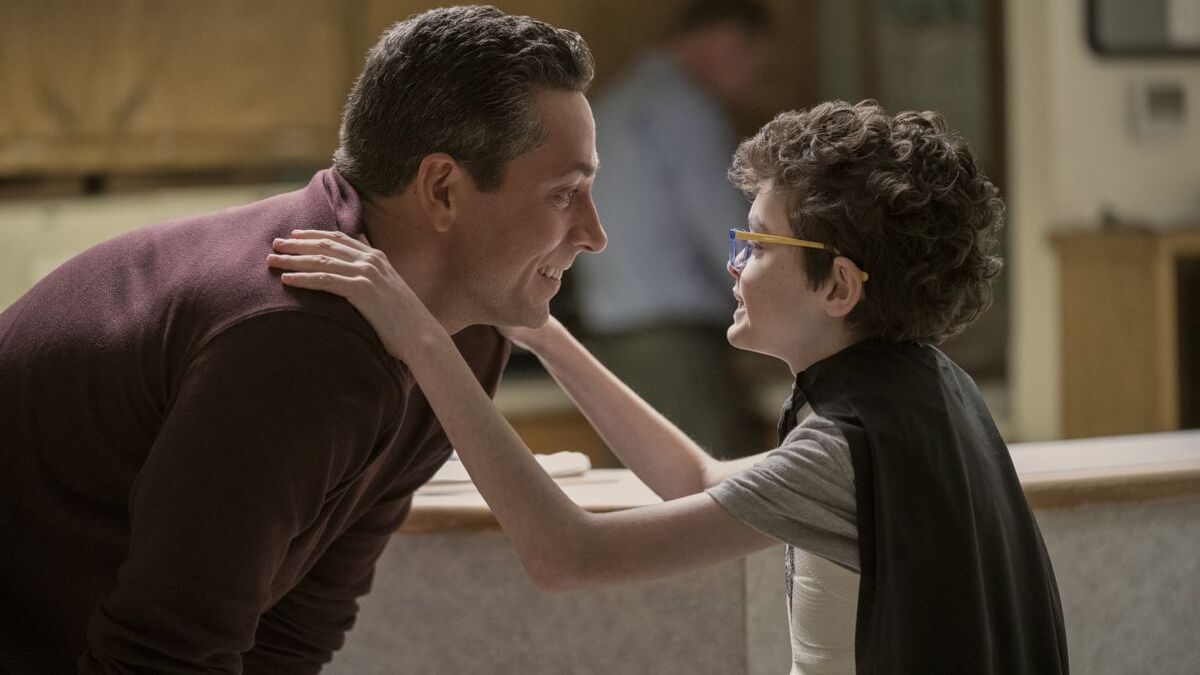

Published: Oct 10, 2024 06:21 am